Australian Researchers Have Investigated Signs Of Geological Structures Hidden Behind The Great Barrier
Australian researchers have investigated signs of geological structures hidden behind the Great Barrier Reef in Queensland, and have found a much deeper reef spanning more than 6,000 square kilometres (2,316 square miles).
New seafloor maps of the area have revealed a vast, underwater field of doughnut-shaped mounds, each one measuring 200 to 300 metres (656 to 984 feet) across, and some as much as 30 metres deep.
Scientists have seen hints of this enormous reef for over 30 years, but until now, haven’t had the chance to investigate it properly.
Fortunately, Royal Australian Navy aircraft fitted with LiDAR remote sensing technology have been flying over the area, and have finally mapped the shape, size, and vast scale of the deep reef.
“We’ve now mapped over 6,000 square kilometres. That’s three times the previously estimated size, spanning from the Torres Strait to just north of Port Douglas,” says one of the researchers, Mardi McNeil from Queensland University of Technology.
“They clearly form a significant inter-reef habitat which covers an area greater than the adjacent coral reefs.”
Continue Reading.
More Posts from Curiositytherover and Others
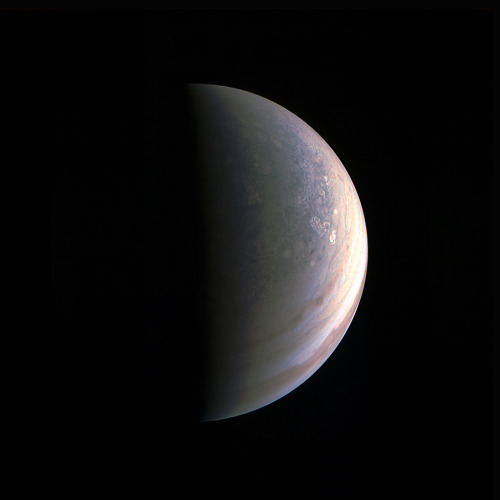
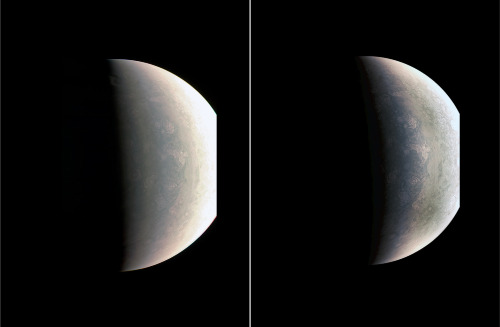
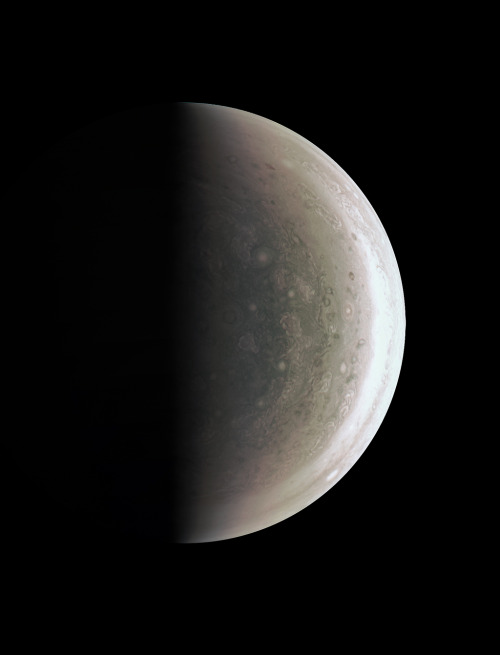
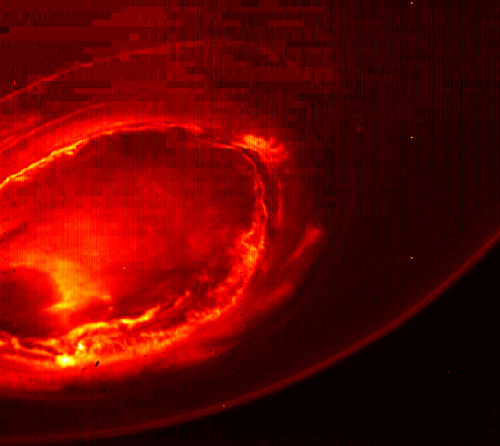
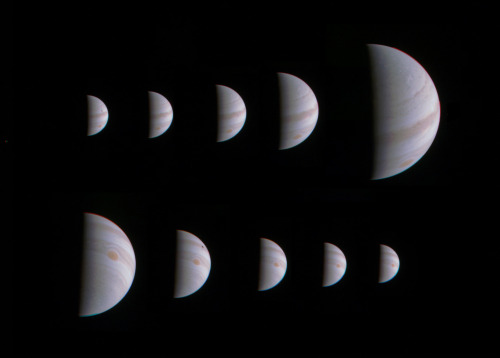
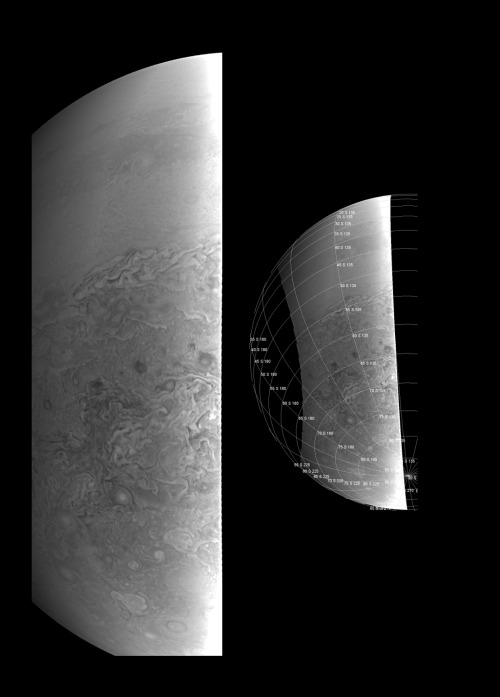
Jupiter’s North Pole Unlike Anything Encountered in Solar System
NASA’s Juno spacecraft has sent back the first-ever images of Jupiter’s north pole, taken during the spacecraft’s first flyby of the planet with its instruments switched on. The images show storm systems and weather activity unlike anything previously seen on any of our solar system’s gas-giant planets.
Juno successfully executed the first of 36 orbital flybys on Aug. 27 when the spacecraft came about 2,500 miles (4,200 kilometers) above Jupiter’s swirling clouds. The download of six megabytes of data collected during the six-hour transit, from above Jupiter’s north pole to below its south pole, took one-and-a-half days. While analysis of this first data collection is ongoing, some unique discoveries have already made themselves visible.
“First glimpse of Jupiter’s north pole, and it looks like nothing we have seen or imagined before,” said Scott Bolton, principal investigator of Juno from the Southwest Research Institute in San Antonio. “It’s bluer in color up there than other parts of the planet, and there are a lot of storms. There is no sign of the latitudinal bands or zone and belts that we are used to – this image is hardly recognizable as Jupiter. We’re seeing signs that the clouds have shadows, possibly indicating that the clouds are at a higher altitude than other features.”
One of the most notable findings of these first-ever pictures of Jupiter’s north and south poles is something that the JunoCam imager did not see.
“Saturn has a hexagon at the north pole,” said Bolton. “There is nothing on Jupiter that anywhere near resembles that. The largest planet in our solar system is truly unique. We have 36 more flybys to study just how unique it really is.”
Along with JunoCam snapping pictures during the flyby, all eight of Juno’s science instruments were energized and collecting data. The Jovian Infrared Auroral Mapper (JI-RAM), supplied by the Italian Space Agency, acquired some remarkable images of Jupiter at its north and south polar regions in infrared wavelengths.
“JIRAM is getting under Jupiter’s skin, giving us our first infrared close-ups of the planet,” said Alberto Adriani, JIRAM co-investigator from Istituto di Astrofisica e Planetologia Spaziali, Rome. “These first infrared views of Jupiter’s north and south poles are revealing warm and hot spots that have never been seen before. And while we knew that the first ever infrared views of Jupiter’s south pole could reveal the planet’s southern aurora, we were amazed to see it for the first time. No other instruments, both from Earth or space, have been able to see the southern aurora. Now, with JIRAM, we see that it appears to be very bright and well structured. The high level of detail in the images will tell us more about the aurora’s morphology and dynamics.”
Among the more unique data sets collected by Juno during its first scientific sweep by Jupiter was that acquired by the mission’s Radio/Plasma Wave Experiment (Waves), which recorded ghostly- sounding transmissions emanating from above the planet. These radio emissions from Jupiter have been known about since the 1950s but had never been analyzed from such a close vantage point.
“Jupiter is talking to us in a way only gas-giant worlds can,” said Bill Kurth, co-investigator for the Waves instrument from the University of Iowa, Iowa City. “Waves detected the signature emissions of the energetic particles that generate the massive auroras which encircle Jupiter’s north pole. These emissions are the strongest in the solar system. Now we are going to try to figure out where the electrons come from that are generating them.”
The Juno spacecraft launched on Aug. 5, 2011, from Cape Canaveral, Florida and arrived at Jupiter on July 4, 2016. JPL manages the Juno mission for the principal investigator, Scott Bolton, of Southwest Research Institute in San Antonio. Juno is part of NASA’s New Frontiers Program, which is managed at NASA’s Marshall Space Flight Center in Huntsville, Alabama, for NASA’s Science Mission Directorate. Lockheed Martin Space Systems, Denver, built the spacecraft. Caltech in Pasadena, California, manages JPL for NASA.
IMAGE 1….As NASA’s Juno spacecraft closed in on Jupiter for its Aug. 27, 2016 pass, its view grew sharper and fine details in the north polar region became increasingly visible. The JunoCam instrument obtained this view on August 27, about two hours before closest approach, when the spacecraft was 120,000 miles (195,000 kilometers) away from the giant planet (i.e., for Jupiter’s center). Unlike the equatorial region’s familiar structure of belts and zones, the poles are mottled with rotating storms of various sizes, similar to giant versions of terrestrial hurricanes. Jupiter’s poles have not been seen from this perspective since the Pioneer 11 spacecraft flew by the planet in 1974.
IMAGE 2….Storm systems and weather activity unlike anything encountered in the solar system are on view in these color images of Jupiter’s north polar region from NASA’s Juno spacecraft. Two versions of the image have been contrast-enhanced differently to bring out detail near the dark terminator and near the bright limb. The JunoCam instrument took the images to create this color view on August 27, when the spacecraft was about 48,000 miles (78,000 kilometers) above the polar cloud tops. A wavy boundary is visible halfway between the grayish region at left (closer to the pole and the nightside shadow) and the lighter-colored area on the right. The wavy appearance of the boundary represents a Rossby wave – a north-south meandering of a predominantly east-west flow in an atmospheric jet. This may be caused by a difference in temperature between air to the north and south of this boundary, as is often the case with such waves in Earth’s atmosphere. The polar region is filled with a variety of discrete atmospheric features. Some of these are ovals, but the larger and brighter features have a “pinwheel” shape reminiscent of the shape of terrestrial hurricanes. Tracking the motion and evolution of these features across multiple orbits will provide clues about the dynamics of the Jovian atmosphere. This image also provides the first example of cloud shadowing on Jupiter: near the top of the image, a high cloud feature is seen past the normal boundary between day and night, illuminated above the cloud deck below. While subtle color differences are visible in the image, some of these are likely the result of scattered light within the JunoCam optics. Work is ongoing to characterize these effects.
IMAGE 3….This image from NASA’s Juno spacecraft provides a never-before-seen perspective on Jupiter’s south pole. The JunoCam instrument acquired the view on August 27, 2016, when the spacecraft was about 58,700 miles (94,500 kilometers) above the polar region. At this point, the spacecraft was about an hour past its closest approach, and fine detail in the south polar region is clearly resolved. Unlike the equatorial region’s familiar structure of belts and zones, the poles are mottled by clockwise and counterclockwise rotating storms of various sizes, similar to giant versions of terrestrial hurricanes. The south pole has never been seen from this viewpoint, although the Cassini spacecraft was able to observe most of the polar region at highly oblique angles as it flew past Jupiter on its way to Saturn in 2000
IMAGE 4….This infrared image gives an unprecedented view of the southern aurora of Jupiter, as captured by NASA’s Juno spacecraft on August 27, 2016. The planet’s southern aurora can hardly be seen from Earth due to our home planet’s position in respect to Jupiter’s south pole. Juno’s unique polar orbit provides the first opportunity to observe this region of the gas-giant planet in detail. Juno’s Jovian Infrared Auroral Mapper (JIRAM) camera acquired the view at wavelengths ranging from 3.3 to 3.6 microns – the wavelengths of light emitted by excited hydrogen ions in the polar regions. The view is a mosaic of three images taken just minutes apart from each other, about four hours after the perijove pass while the spacecraft was moving away from Jupiter.
IMAGE 5….This montage of 10 JunoCam images shows Jupiter growing and shrinking in apparent size before and after NASA’s Juno spacecraft made its closest approach on August 27, 2016, at 12:50 UTC. The images are spaced about 10 hours apart, one Jupiter day, so the Great Red Spot is always in roughly the same place. The small black spots visible on the planet in some of the images are shadows of the large Galilean moons. The images in the top row were taken during the inbound leg of the orbit, beginning on August 25 at 13:15 UTC when Juno was 1.4 million miles (2.3 million kilometers) away from Jupiter, and continuing to August 27 at 04:45 UTC when the spacecraft was 430,000 miles (700,000 kilometers) away. The images in the bottom row were obtained during the outbound leg of the orbit. They begin on August 28 at 00:45 UTC when Juno was 750,000 miles (920,000 kilometers) away and continue to August 29 at 16:45 UTC when the spacecraft was 1.6 million miles (2.5 million kilometers) away.
IMAGE 6….This image provides a close-up view of Jupiter’s southern hemisphere, as seen by NASA’s Juno spacecraft on August 27, 2016. The JunoCam instrument captured this image with its red spectral filter when the spacecraft was about 23,600 miles (38,000 kilometers) above the cloud tops. The image covers an area from close to the south pole to 20 degrees south of the equator, centered on a longitude at about 140 degrees west. The transition between the banded structures near the equator and the more chaotic polar region (south of about 65 degrees south latitude) can be clearly seen. The smaller version at right of this image shows the same view with a latitude/longitude grid overlaid. This image has been processed to remove shading effects near the terminator – the dividing line between day and night – caused by Juno’s orbit.

This stretchy, drug-delivering gel could be the Band-Aid of the future
Researchers in the US have developed a sticky, stretchable gel-like material that can be used as a “smart wound dressing”. Incorporating temperature sensors and drug reservoirs, the hydrogel bandage can release medicine in response to changes in skin temperature, and embedded LEDs even light up to let you know when your meds are running low.
The hydrogel matrix that makes up the dressing has numerous advantages over conventional cloth-based bandages. It’s highly flexible and stretches easily so can be applied to any area of the body, including joints like elbows or knees.
- ScienceAlert

Physicists Discover A New Phase of Matter
Physicists discover a new phase of matter that exhibits superconductivity at high temperatures and could lead to new battery developments for electronic devices.
Read more at: http://futurism.com/links/physicists-discover-a-new-phase-of-matter/


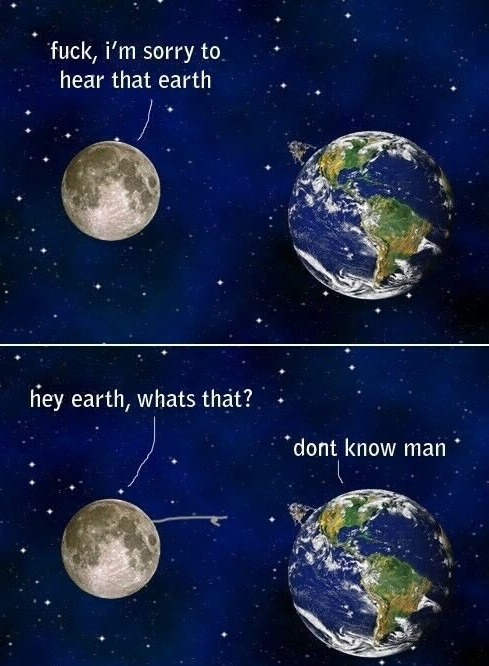
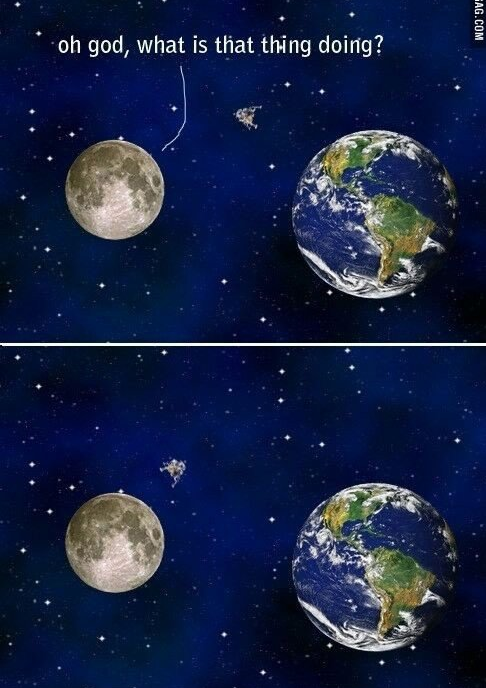
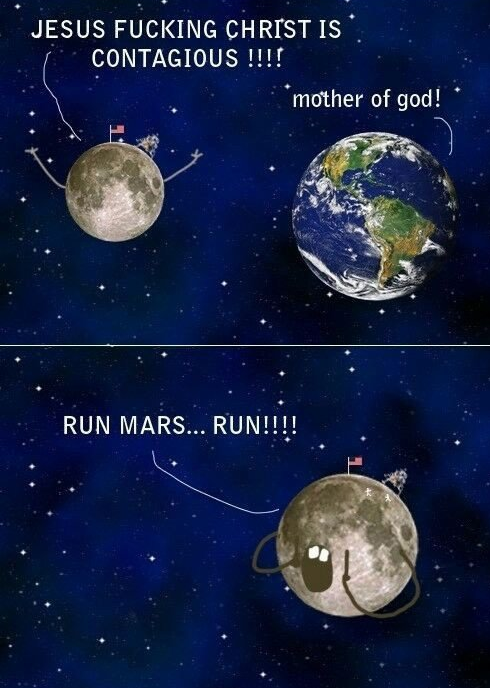
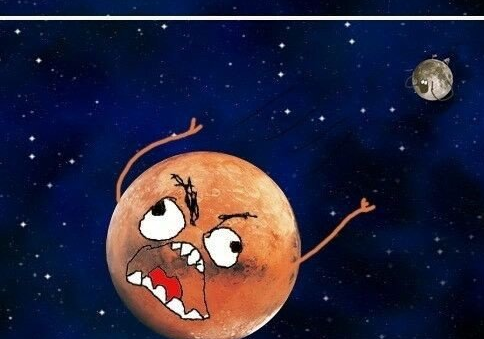

By 2020, there will be enough renewable energy to supply CHN, IND, and BRA combined.
Paris-based International Energy Agency (IEA) has predicted that by 2020, 26% of the world’s energy will come from renewable sources (solar, wind, hydro). The agency adds that the amount will be higher than the combined energy demands of country’s like China, India, and Brazil. The prediction was based on the assumption that in the next five years, 700 gigawatts will be added to the world’s current renewable energy capacity.
Read more at: http://futurism.com/links/by-2020-there-will-be-enough-renewable-energy-to-supply-chn-ind-and-bra-combined/

The internet is going to be 3-D printed in space, because why not
Majestic — a British provider of SEO services — is bringing both their internet graphing and futuristic printing capabilities to the final frontier, basically because they can.
Using a zero gravity-compatible 3-D printer onboard Orbital ATK’s recently launched Cygnus spacecraft, the #MajesticInSpace (MIS) project will produce a three-dimensional “data visualization of the entire internet,” according to SearchEngineLand. It’s expected to look something like the below model. Which is to say, not unlike a melting ice sculpture.
Follow @the-future-now
Gravity, who needs it
Houston TX (SPX) Nov 20, 2015 What happens to your body in space? NASA’s Human Research Program has been unfolding answers for over a decade. Space is a dangerous, unfriendly place. Isolated from family and friends, exposed to radiation that could increase your lifetime risk for cancer, a diet high in freeze-dried food, required daily exercise to keep your muscles and bones from deteriorating, a carefully scripted high-tempo Full article

The size of the Orion spacecraft vs Apollo.

Prototype Robotic Lunar Lander, Testing at Marshall Space Flight Center
Source: http://www.nasa.gov/images/content/388176main_0901812_full.jpg

Behold the most massive young galaxy cluster found in the early universe. How do these megastructures form? This newly discovered cluster, located 10 billion light years from Earth, gives us clues. Details here.
Credit: NASA’s Facebook Account
-
 liceham liked this · 7 years ago
liceham liked this · 7 years ago -
 commonplacerfollowshisbrush liked this · 7 years ago
commonplacerfollowshisbrush liked this · 7 years ago -
 everyprocrastination liked this · 7 years ago
everyprocrastination liked this · 7 years ago -
 underwaterjungle liked this · 7 years ago
underwaterjungle liked this · 7 years ago -
 venuscomb reblogged this · 7 years ago
venuscomb reblogged this · 7 years ago -
 paperwolf31 liked this · 7 years ago
paperwolf31 liked this · 7 years ago -
 imhotep147 liked this · 8 years ago
imhotep147 liked this · 8 years ago -
 hearttoftheocean reblogged this · 8 years ago
hearttoftheocean reblogged this · 8 years ago -
 sword-dragon liked this · 8 years ago
sword-dragon liked this · 8 years ago -
 miasilbert liked this · 8 years ago
miasilbert liked this · 8 years ago -
 utot-atbp liked this · 8 years ago
utot-atbp liked this · 8 years ago -
 omgkittencollector-blog liked this · 8 years ago
omgkittencollector-blog liked this · 8 years ago -
 attack-demarco liked this · 8 years ago
attack-demarco liked this · 8 years ago -
 gooble123 liked this · 8 years ago
gooble123 liked this · 8 years ago -
 tellerwascher liked this · 8 years ago
tellerwascher liked this · 8 years ago -
 bodystutter liked this · 8 years ago
bodystutter liked this · 8 years ago -
 333coolgirl liked this · 8 years ago
333coolgirl liked this · 8 years ago -
 ccurrents liked this · 8 years ago
ccurrents liked this · 8 years ago -
 maisd0g-blog reblogged this · 8 years ago
maisd0g-blog reblogged this · 8 years ago -
 maisd0g-blog liked this · 8 years ago
maisd0g-blog liked this · 8 years ago -
 devoureddesires liked this · 8 years ago
devoureddesires liked this · 8 years ago -
 aubren reblogged this · 8 years ago
aubren reblogged this · 8 years ago -
 artheartsoul1 liked this · 8 years ago
artheartsoul1 liked this · 8 years ago -
 cephalopodsandpuns reblogged this · 8 years ago
cephalopodsandpuns reblogged this · 8 years ago -
 stellardrift liked this · 8 years ago
stellardrift liked this · 8 years ago -
 fuckingeggplantemoji liked this · 8 years ago
fuckingeggplantemoji liked this · 8 years ago -
 canttalkreading reblogged this · 8 years ago
canttalkreading reblogged this · 8 years ago -
 harperhug reblogged this · 8 years ago
harperhug reblogged this · 8 years ago -
 homeinabookshelf reblogged this · 8 years ago
homeinabookshelf reblogged this · 8 years ago -
 homeinabookshelf liked this · 8 years ago
homeinabookshelf liked this · 8 years ago -
 themoviewatcher2 liked this · 8 years ago
themoviewatcher2 liked this · 8 years ago -
 boppedyournose liked this · 8 years ago
boppedyournose liked this · 8 years ago -
 gingermetuchenpi reblogged this · 8 years ago
gingermetuchenpi reblogged this · 8 years ago -
 gingermetuchenpi liked this · 8 years ago
gingermetuchenpi liked this · 8 years ago -
 magicksunlight reblogged this · 8 years ago
magicksunlight reblogged this · 8 years ago -
 basedassseal reblogged this · 8 years ago
basedassseal reblogged this · 8 years ago -
 brennertonnn liked this · 8 years ago
brennertonnn liked this · 8 years ago -
 shoppriceau liked this · 8 years ago
shoppriceau liked this · 8 years ago -
 nefriti-blog liked this · 8 years ago
nefriti-blog liked this · 8 years ago -
 thebimoon reblogged this · 8 years ago
thebimoon reblogged this · 8 years ago
